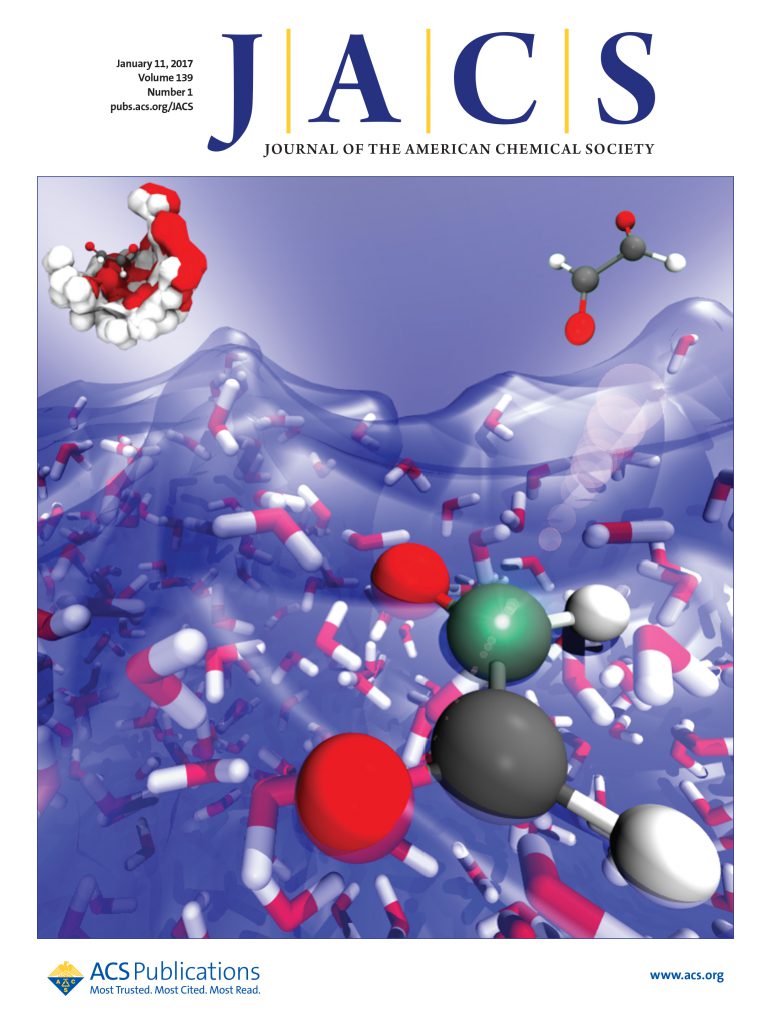Engineering of Sono-Activatable Immunogels for Immunometabolism Disorder Normalization Therapy of Breast Cancer
IF 14.4
1区 化学
Q1 CHEMISTRY, MULTIDISCIPLINARY
引用次数: 0
Abstract
Sonodynamic therapy (SDT) represents a promising approach for localized immunotherapy of solid tumors, yet its clinical translation is limited by therapy stress-induced adaptive immune resistance. Here, we demonstrate that SDT initially elicits antitumor immune response while consequently induces immunometabolic dysregulation via the interferon-gamma (IFN-γ)/indoleamine-2,3-dioxygenase-1 (IDO-1) axis to promote regulatory T cell (Treg) expansion. To counteract this negative regulation mechanism, we develop a sono-activatable prodrug (MB–MT) by conjugating the sonosensitizer methylene blue (MB) with the IDO-1 inhibitor 1-methyltryptophan (MT) via an ultrasound-labile urea bond. MB–MT is further incorporated into a thermosensitive hydrogel to yield an ultrasound-responsive immunogel that enables spatiotemporally confined SDT while locally suppressing IDO-1-mediated immune suppression. The combination of the immunogel with SDT treatment markedly normalizes the immunosuppressive tumor microenvironment to inhibit primary and metastatic tumor growth, and prevent postoperative recurrence in multiple synergistic mouse models of triple negative breast cancer (TNBC). This work presents a practical strategy for localized immunotherapy of TNBC by spatiotemporally confined normalization of immunometabolism disorder.

超声活化免疫凝胶治疗乳腺癌免疫代谢紊乱的工程研究
声动力疗法(SDT)是一种很有前途的实体瘤局部免疫治疗方法,但其临床转化受到治疗应激诱导的适应性免疫抵抗的限制。在这里,我们证明SDT最初引发抗肿瘤免疫应答,随后通过干扰素-γ (IFN-γ)/吲哚胺-2,3-双加氧酶-1 (IDO-1)轴诱导免疫代谢失调,促进调节性T细胞(Treg)扩增。为了抵消这种负调节机制,我们通过超声不稳定的尿素键将声敏剂亚甲基蓝(MB)与IDO-1抑制剂1-甲基色氨酸(MT)偶联,开发了一种声激活前药(MB - MT)。MB-MT进一步掺入热敏水凝胶中,产生超声反应性免疫凝胶,在局部抑制ido -1介导的免疫抑制的同时,实现时空受限的SDT。在三阴性乳腺癌(TNBC)的多种协同小鼠模型中,免疫凝胶联合SDT治疗可显著使免疫抑制的肿瘤微环境正常化,从而抑制原发和转移性肿瘤的生长,并预防术后复发。这项工作提出了一个实用的策略,局部免疫治疗TNBC的时空限制的正常化免疫代谢紊乱。
本文章由计算机程序翻译,如有差异,请以英文原文为准。
求助全文
约1分钟内获得全文
求助全文
来源期刊
CiteScore
24.40
自引率
6.00%
发文量
2398
审稿时长
1.6 months
期刊介绍:
The flagship journal of the American Chemical Society, known as the Journal of the American Chemical Society (JACS), has been a prestigious publication since its establishment in 1879. It holds a preeminent position in the field of chemistry and related interdisciplinary sciences. JACS is committed to disseminating cutting-edge research papers, covering a wide range of topics, and encompasses approximately 19,000 pages of Articles, Communications, and Perspectives annually. With a weekly publication frequency, JACS plays a vital role in advancing the field of chemistry by providing essential research.

 求助内容:
求助内容: 应助结果提醒方式:
应助结果提醒方式:


